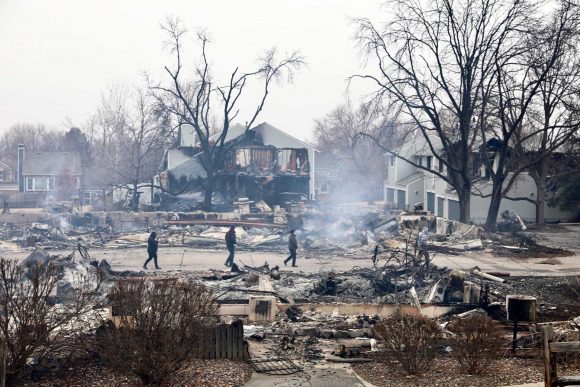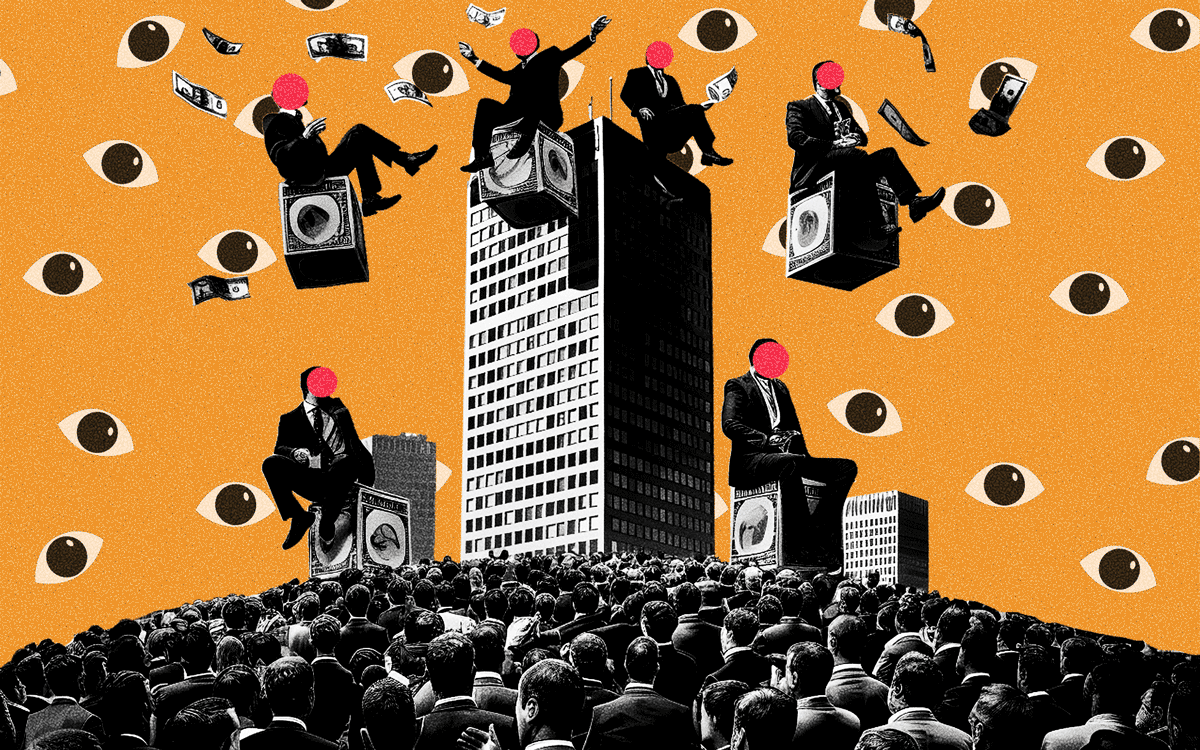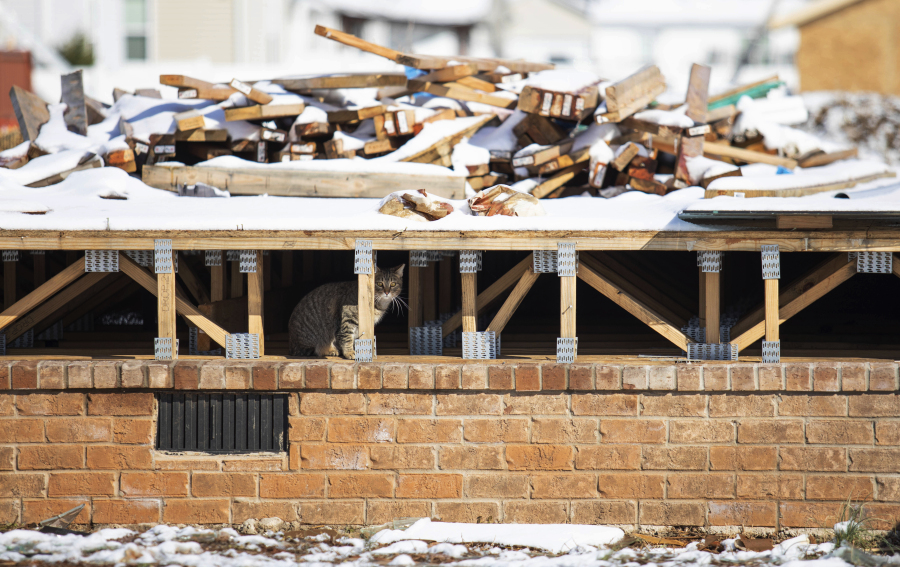
The distress in commercial real estate is growing as some office buildings sell for much lower prices than just a few years ago.
Since the early days of the pandemic, owners of big buildings in New York and other large cities have been desperately hoping that the commercial real estate business would recover as workers returned to offices.
Four years on, hybrid work has become common, and the strain on property owners is intensifying. Some properties are going into foreclosure and being sold for sharply lower prices compared with valuations from less than a decade earlier, leaving investors with steep losses.
While the number of office buildings reaching critical stages of distress remains small, the figure has increased sharply this year. And investors, lawyers and bankers expect the pain to grow in the coming months because demand for office space remains weak and interest rates and other costs are higher than they have been in many years. The problems could be especially severe for older buildings with lots of vacant space and big loan repayments coming up.
The repercussions could extend far beyond the owners of these buildings and their lenders. A sustained drop in the value of commercial real estate could sap property tax revenue that cities like New York and San Francisco rely on to pay salaries and provide public services. Empty and nearly empty office buildings also hurt restaurants and other businesses that served the companies and workers who occupied those spaces.
“There is a lot more trouble coming,” said Mark Silverman, a partner and leader of the CMBS Special Servicer group at the law firm Locke Lord, who represents lenders in disputes with commercial mortgage borrowers. “If we think it’s bad now, it’s going to get a lot worse.”
Assessing the scale of the problem has been challenging even for real estate professionals because of the different ways in which commercial buildings are financed and the varying rules about what must be disclosed publicly.



